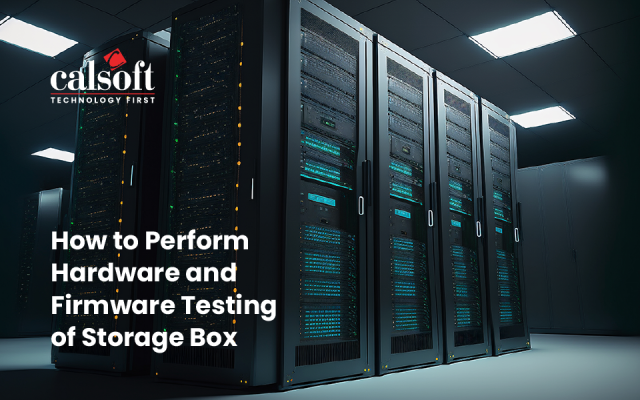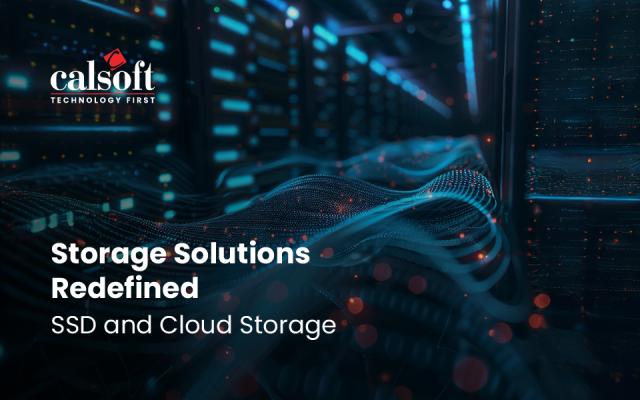This infographic depicts Storage Trends & its effect on Datacenters. It says that the next generation datacenter would be Agile, Scalable, Automated and Guaranteed. Following are the key trends:
1) By using Flash technology, Data access has just become quicker and easier.
2) By using Software Defined Environment, we can get maximum utilization of minimum resources.
We can reduce 80% of energy and storage cost if we use Software Defined Storage. We must consider it before our next storage purchase and data migration projects.
If we are scaling out from storage to cloud then we will have certain challenges which are mentioned here in this infograph.
To know more email: marketing@calsoftinc.com






